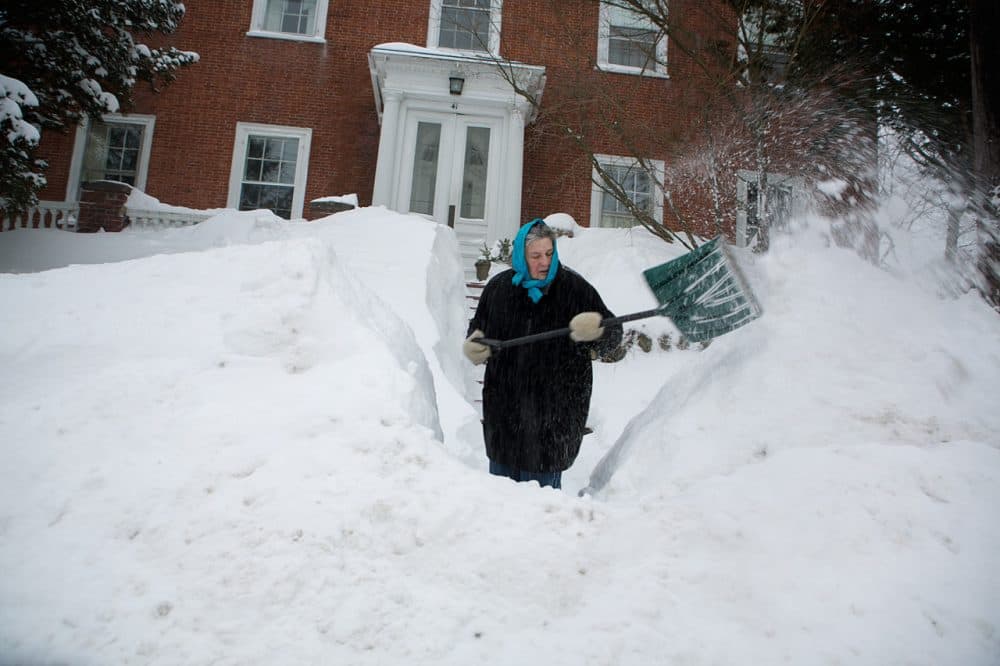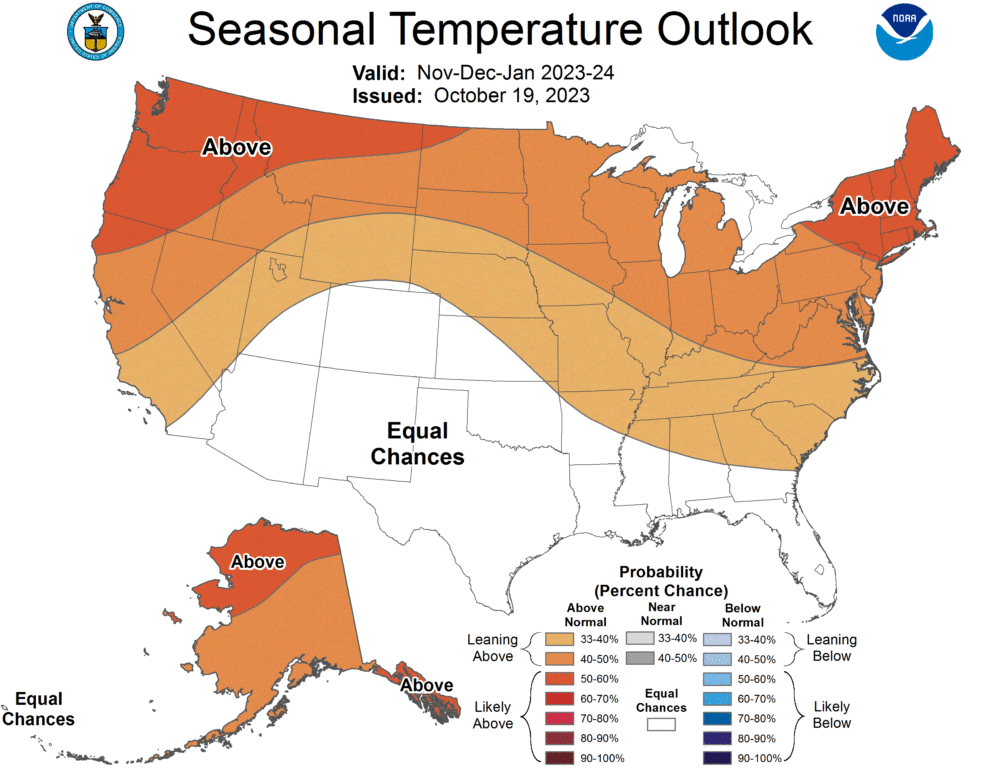Advertisement
Mass. might face a 'Snowmageddon' this winter. Thanks, El Niño

Forecasters at the national Climate Prediction Center expect more precipitation than normal in Massachusetts this winter, and warmer-than-usual temperatures for New England overall. But despite warmer weather, the natural climate phenomenon known as El Niño may lead to several big snowstorms in the Northeast.
"Typically, during El Niño, there's a two or three pretty big snowstorms along the East Coast on average. But every El Niño is different and every number of nor'easters per winter season is very different," said Jon Gottschalck, chief of the Operational Prediction Branch of the Climate Prediction Center. He said that El Niño adds moisture to the air, which can lead to "juiced up" storms.
"If you think back to the 2009, 2010 'Snowmageddon,' that was a strong El Niño event," Gottschalck said.
El Niño brings warm water to the equatorial Pacific Ocean, affecting global weather patterns and generally leading to more precipitation. This is the first time in four years that the world enters the winter months with an El Niño in place.

The federal seasonal outlooks indicate the odds that temperatures and total precipitation will be higher or lower than average in the coming months. The outlook does not project seasonal snowfall, as snow forecasts are generally not predictable more than a week in advance.
The forecasters said that other factors could play a role in New England's winter weather, including the ongoing record-breaking ocean temperatures and global climate change.

"Climate change is working in the background, and winter is one of the fastest-warming seasons for many places across the country,"said Tom Di Liberto, a climate scientist with the National Oceanic and Atmospheric Administration.
